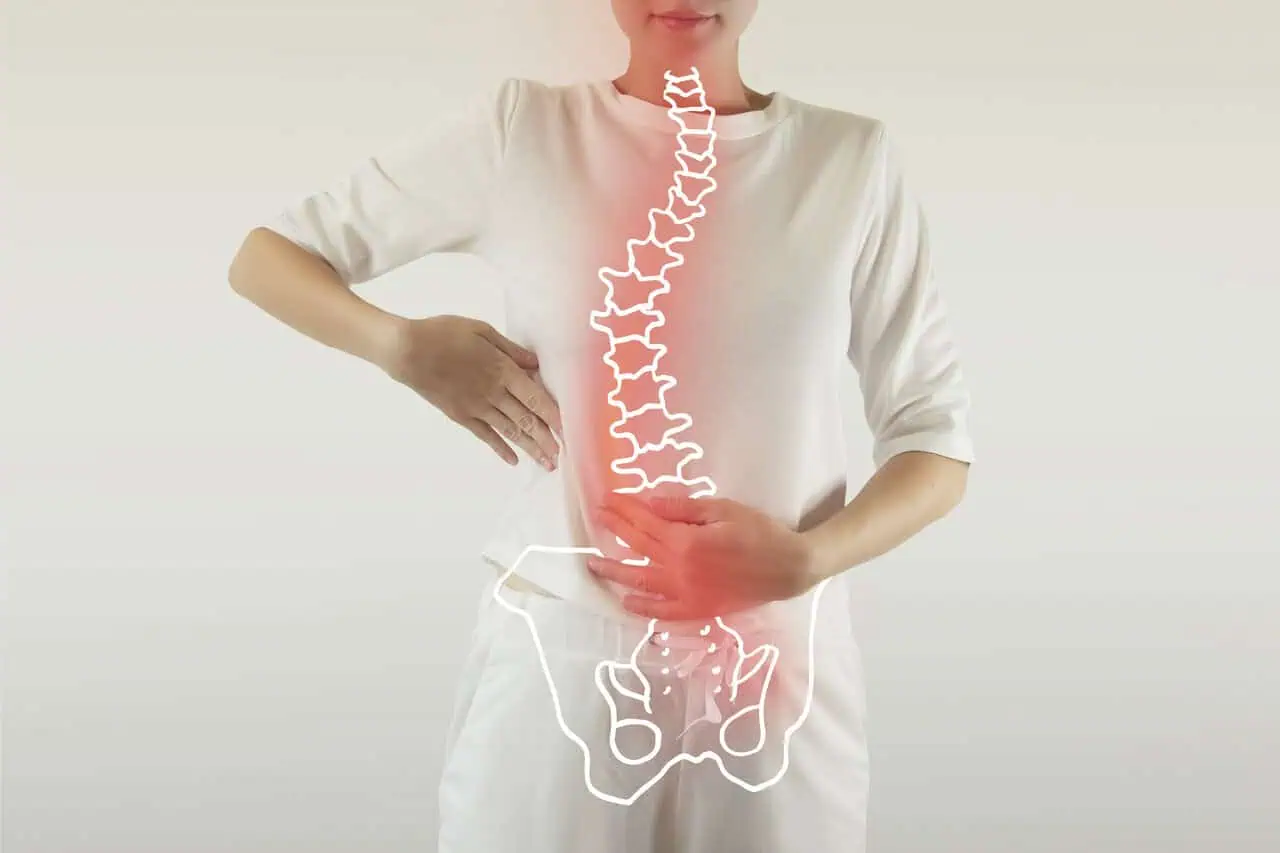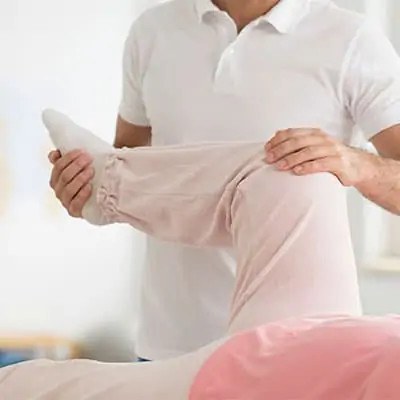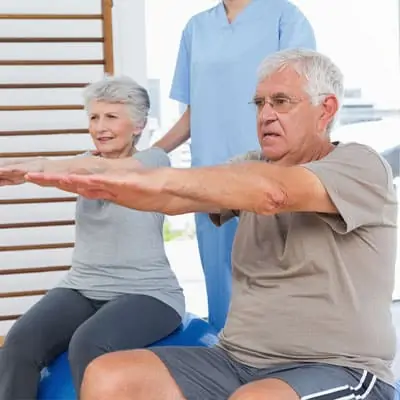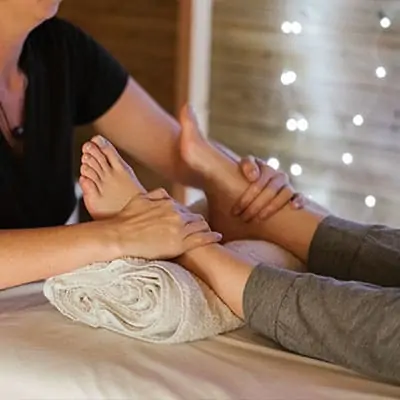Understanding Scoliosis
What is Scoliosis?
Scoliosis is a medical condition where the spine curves sideways, forming an “S” or “C” shape. This curvature can occur at any point along the spine, but it is most commonly found in the thoracic (mid-back) or lumbar (lower back) regions. Scoliosis can be classified into several types based on its causes and characteristics, such as idiopathic, congenital, and neuromuscular scoliosis. For more detailed information on the types of scoliosis, visit our article on scoliosis types.
Key Characteristics of Scoliosis
- Uneven shoulders or hips
- Prominent ribs on one side
- Asymmetry in the waistline
| Scoliosis Type | Description |
|---|---|
| Idiopathic | Unknown cause, most common type |
| Congenital | Present at birth due to spinal malformations |
| Neuromuscular | Associated with neurological conditions |
Scoliosis in Seniors
Scoliosis can develop at any age, but it is particularly concerning in seniors due to the potential for increased pain and reduced mobility. In older adults, scoliosis is often degenerative, meaning it results from wear and tear on the spine over time. This can lead to complications such as spinal stenosis and reduced lung function.
Common Issues for Seniors with Scoliosis
- Chronic back pain
- Difficulty standing or walking for long periods
- Increased risk of falls
It’s crucial for seniors with scoliosis to engage in regular exercise to maintain spine health and overall mobility. Understanding the benefits and precautions of exercise can help manage the condition effectively. For more on managing scoliosis through exercise, refer to our article on scoliosis exercises.
Regular screening and early detection are also essential for managing scoliosis in seniors. For more information on diagnostic methods, check our article on scoliosis diagnosis.
Importance of Exercise
Engaging in regular exercise is crucial for managing scoliosis, especially for seniors. This section delves into the benefits of exercise and the precautions to consider for seniors with scoliosis.
Benefits of Exercise for Seniors with Scoliosis
Exercise plays a vital role in maintaining overall health and wellness for seniors with scoliosis. Here are some key benefits:
- Improved Mobility: Regular exercise helps maintain joint flexibility and muscle strength, which can enhance overall mobility.
- Pain Relief: Certain exercises can alleviate discomfort associated with scoliosis by improving posture and reducing muscle tension.
- Enhanced Balance: Exercises that focus on balance can reduce the risk of falls, which is particularly important for seniors.
- Better Posture: Strengthening the core and back muscles can help in maintaining a better posture, reducing the curvature of the spine.
- Mental Well-being: Physical activity has been shown to improve mood and reduce stress, contributing to better mental health.
| Benefit | Description |
|---|---|
| Improved Mobility | Maintains joint flexibility and muscle strength |
| Pain Relief | Alleviates discomfort by improving posture and reducing muscle tension |
| Enhanced Balance | Reduces the risk of falls |
| Better Posture | Strengthens core and back muscles |
| Mental Well-being | Improves mood and reduces stress |
For more information on the benefits of exercise, check out our article on scoliosis exercises.
Precautions to Consider
While exercise is beneficial, certain precautions should be taken to ensure safety and effectiveness:
- Consult a Healthcare Professional: Always consult your doctor or a physical therapist before starting any new exercise regimen. They can provide personalized recommendations based on your specific condition.
- Avoid High-Impact Activities: Exercises that involve high impact, such as running or jumping, can exacerbate scoliosis symptoms. Opt for low-impact activities like swimming or walking.
- Use Proper Technique: Incorrect form can lead to injuries. Ensure you are performing exercises correctly by seeking guidance from a professional.
- Start Slow: Begin with low-intensity exercises and gradually increase the intensity as your strength and endurance improve.
- Listen to Your Body: Pay attention to any signs of discomfort or pain. If an exercise causes pain, stop immediately and consult your healthcare provider.
| Precaution | Description |
|---|---|
| Consult a Healthcare Professional | Get personalized recommendations from a doctor or physical therapist |
| Avoid High-Impact Activities | Choose low-impact activities to prevent exacerbating symptoms |
| Use Proper Technique | Ensure exercises are performed correctly to avoid injuries |
| Start Slow | Begin with low-intensity exercises and gradually increase intensity |
| Listen to Your Body | Stop any exercise that causes pain and consult your doctor |
For more tips on safely exercising with scoliosis, check out our article on scoliosis physical therapy.
By understanding the benefits and taking necessary precautions, you can effectively manage scoliosis through exercise and maintain a fit and active lifestyle.
Types of Scoliosis Exercises
Engaging in specific exercises can help manage scoliosis and improve overall well-being. Here are three types of exercises beneficial for seniors dealing with scoliosis.
Stretching Exercises
Stretching exercises help maintain flexibility and reduce stiffness, which is essential for managing scoliosis. These exercises focus on elongating muscles and improving range of motion.
| Stretch | Target Area | Duration (seconds) |
|---|---|---|
| Cat-Cow Stretch | Spine, Back | 30 |
| Child’s Pose | Lower Back, Hips | 30 |
| Side Bend Stretch | Abdominals, Obliques | 30 |
For more information on specific stretches, visit our scoliosis exercises page.
Strengthening Exercises
Strengthening exercises are crucial for building muscle support around the spine. Strong muscles can better support the spine and reduce scoliosis symptoms.
| Exercise | Target Area | Reps |
|---|---|---|
| Bridge Pose | Glutes, Lower Back | 10 |
| Seated Spinal Rotation | Core, Obliques | 10 |
| Bird-Dog | Core, Lower Back | 10 |
To explore more strengthening exercises, check out scoliosis physical therapy.
Posture Improvement Exercises
Posture improvement exercises help in aligning the spine correctly and reducing the curvature caused by scoliosis. These exercises focus on muscle awareness and control.
| Exercise | Target Area | Reps |
|---|---|---|
| Wall Angels | Upper Back, Shoulders | 10 |
| Plank | Core, Shoulders | 15 seconds |
| Chin Tucks | Neck, Upper Back | 10 |
For additional tips on maintaining proper posture, refer to our scoliosis management guide.
Incorporating these exercises into your routine can aid in managing scoliosis effectively and improving overall fitness. Always consult with a healthcare professional before beginning any new exercise regimen to ensure it is safe for your specific condition.
Recommended Exercises
When managing scoliosis, especially for seniors, incorporating the right exercises into your routine can make a significant difference. Here are some recommended exercises that can help alleviate discomfort and improve flexibility and strength.
Cat-Cow Stretch
The Cat-Cow Stretch is an excellent exercise for increasing flexibility and relieving tension in the spine.
How to Perform:
- Start on your hands and knees in a tabletop position.
- Inhale, arch your back, and lift your head and tailbone toward the ceiling (Cow position).
- Exhale, round your back, and tuck your chin and pelvis (Cat position).
- Repeat this sequence for 10-15 repetitions.
| Repetitions | Sets | Frequency |
|---|---|---|
| 10-15 | 2-3 | Daily |
Seated Spinal Rotation
Seated Spinal Rotation helps in enhancing spinal mobility and relieving stiffness.
How to Perform:
- Sit on a chair with your feet flat on the ground.
- Place your right hand on the back of the chair and your left hand on your right knee.
- Gently twist your torso to the right, looking over your right shoulder.
- Hold the position for 15-30 seconds, then return to the starting position.
- Repeat on the other side.
| Repetitions | Sets | Frequency |
|---|---|---|
| 10 (each side) | 2-3 | Daily |
Bridge Pose
The Bridge Pose is beneficial for strengthening the lower back, glutes, and hamstrings. It’s a great exercise for improving posture and supporting spinal alignment.
How to Perform:
- Lie on your back with your knees bent and feet flat on the floor, hip-width apart.
- Place your arms at your sides with palms facing down.
- Lift your hips toward the ceiling, squeezing your glutes and engaging your core.
- Hold the position for 15-30 seconds, then lower your hips back down.
- Repeat for 10-15 repetitions.
| Repetitions | Sets | Frequency |
|---|---|---|
| 10-15 | 2-3 | 3 times a week |
Incorporating these exercises into your routine can help manage scoliosis symptoms effectively. Always remember to consult with a healthcare professional before starting any new exercise regimen. For more information on managing scoliosis, visit our article on scoliosis management.
Additional Tips
Consultation with a Healthcare Professional
Before starting any exercise routine for scoliosis, it’s essential to consult with a healthcare professional. A doctor or physical therapist can help you understand the severity of your scoliosis and recommend specific exercises tailored to your condition. They can also advise on any limitations or precautions to take. This step ensures that you are performing exercises safely and effectively, reducing the risk of injury.
Proper Form and Technique
Maintaining proper form and technique during scoliosis exercises is crucial for achieving the best results and avoiding injury. Incorrect form can exacerbate scoliosis symptoms and lead to additional discomfort. Here are some tips for maintaining proper technique:
- Follow Instructions: Carefully follow the exercise instructions provided by your healthcare professional or in reputable sources.
- Mirror Practice: Use a mirror to monitor your posture and movements, ensuring they align with the recommended form.
- Slow and Controlled Movements: Perform exercises slowly and with control to focus on muscle engagement and avoid strain.
For more detailed guidance on proper exercise techniques, refer to our article on scoliosis exercises.
Consistency and Progression
Consistency is key to seeing improvements in scoliosis symptoms through exercise. Regular exercise helps strengthen muscles, improve flexibility, and enhance posture. Here are some tips to maintain consistency and progression:
- Set a Routine: Establish a regular exercise schedule that fits into your daily routine.
- Start Slow: Begin with low-intensity exercises and gradually increase the difficulty as your strength and flexibility improve.
- Monitor Progress: Keep a journal to track your progress and any changes in your symptoms. This can help you stay motivated and make necessary adjustments to your routine.
| Exercise Type | Initial Frequency | Progression |
|---|---|---|
| Stretching Exercises | 3 times a week | Increase to daily |
| Strengthening Exercises | 2 times a week | Increase to 3-4 times a week |
| Posture Improvement Exercises | Daily | Maintain daily |
Staying consistent and progressively challenging yourself will help you achieve the best results while managing scoliosis effectively. For more tips on maintaining an exercise routine, check out our article on scoliosis management.
By following these additional tips, you can maximize the benefits of scoliosis exercises and improve your overall well-being. Remember to always put your health first and seek professional advice when needed.











